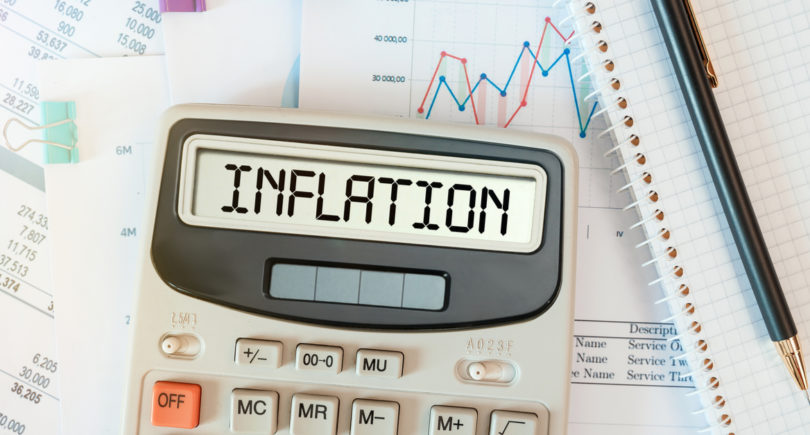
News Global Market EU 864 30 November 2023
In October, the indicator increased by 2.9% y/y
In November 2023, inflation in the euro area rose by 2.4% y/y, slowing from 2.9% in October. Thus, inflation in Europe has reached its lowest level since July 2021. This is evidenced by preliminary data from Eurostat.
Analysts polled by Trading Economics expected inflation in the euro area to slow to 2.7% in November.
At the same time, annual core inflation, which excludes energy and food costs, slowed to 3.6% in November. Energy prices decreased by 11.5% compared to 11.1% in October 2023.
The lowest inflation rates were recorded in Belgium (-0.7%) and Italy (0.7%), while the highest rates were recorded in Slovakia (6.9%) and Croatia (5.5%). In Germany, it amounted to 2.3%, and in France – 3.8%.
According to the latest Eurostat data, inflation in the euro area slowed to 2.9% y/y in October. Thus, inflation in Europe slowed for the sixth consecutive month, reaching its lowest level since July 2021.
As GMK Center reported earlier, the eurozone’s GDP in July-September 2023 decreased by 0.1% compared to April-June 2023. Compared to the third quarter of 2022, the eurozone economy grew by 0.1%.
The EU economy grew by 0.1% in the third quarter oа 2023 compared to the previous quarter. In annual terms, EU GDP grew by 0.1% in the third quarter.
Also, European Commission has downgraded its forecast for the eurozone’s economic growth in 2023 and 2024, as inflation is still too high, consumer spending is declining, and Germany, the region’s largest economy, is slipping into recession. Eurozone GDP is expected to grow by 0.8% in 2023 and by 1.3% in 2024. These figures are lower than the May forecasts of 1.1% and 1.6%, respectively.




